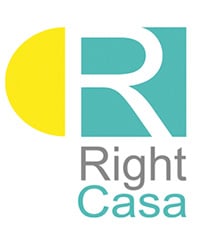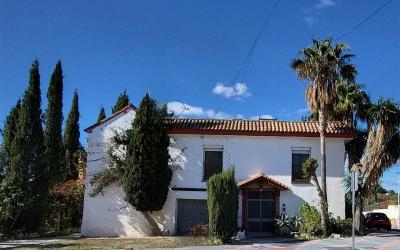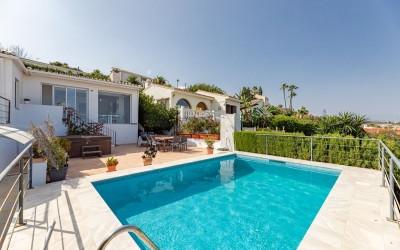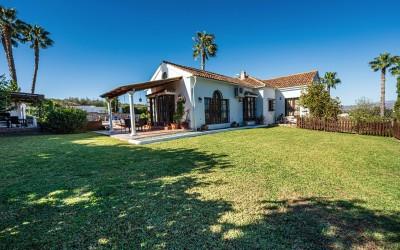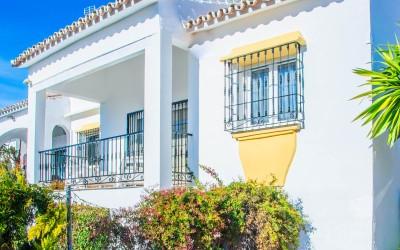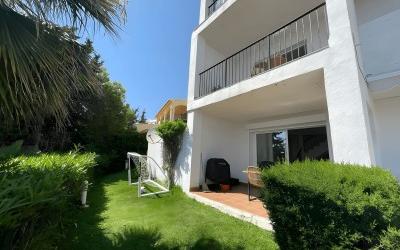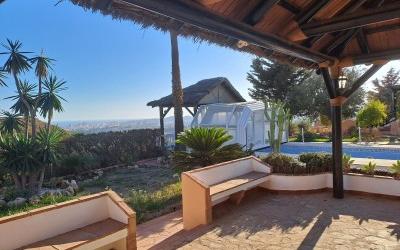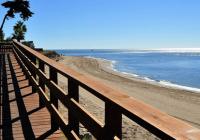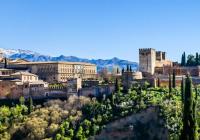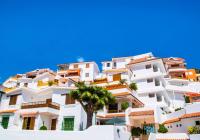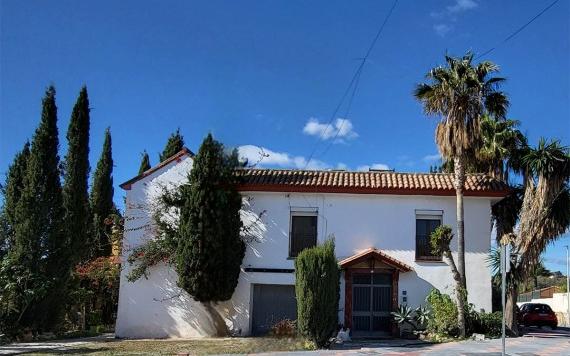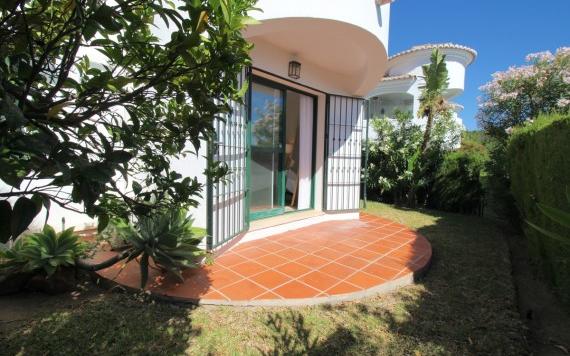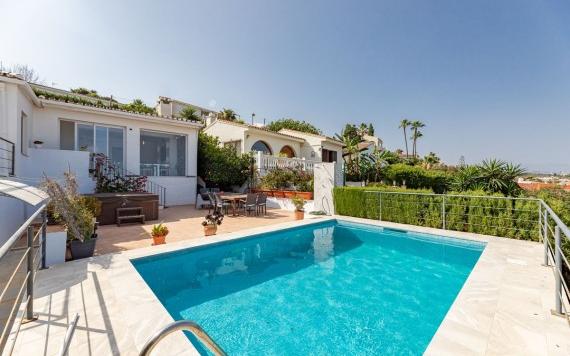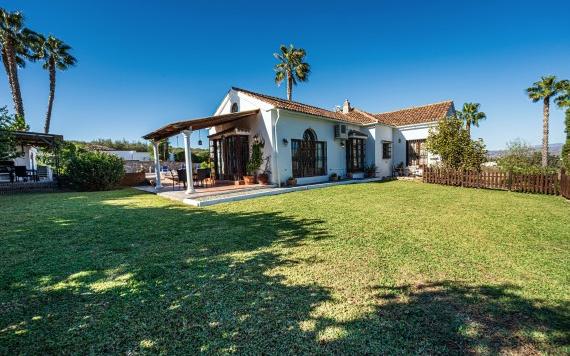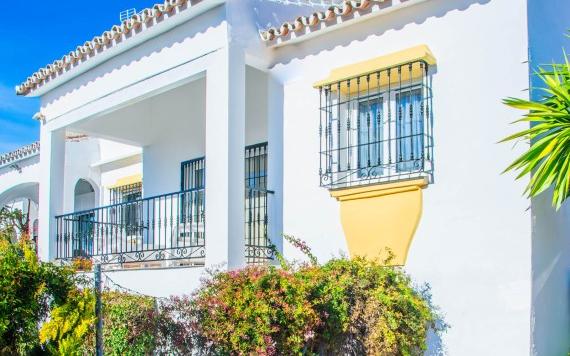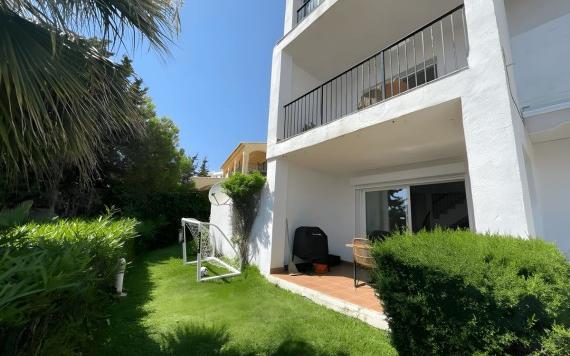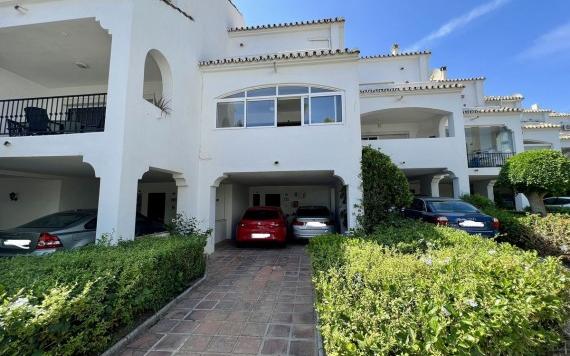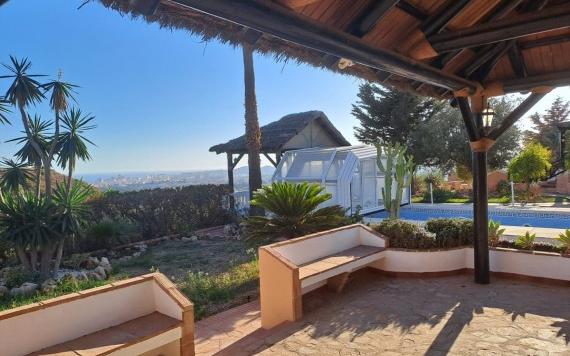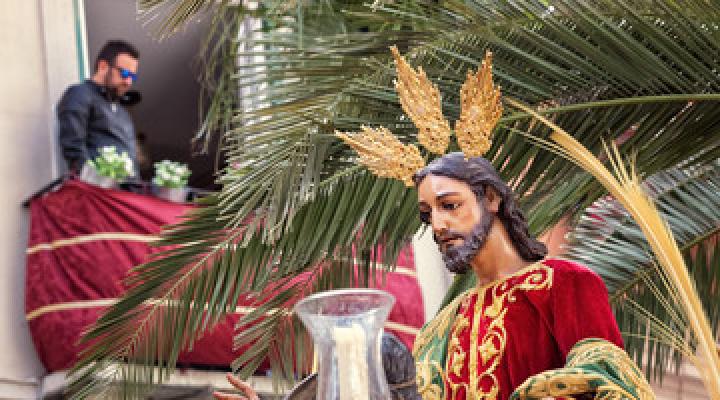
Easter 2020 is fast approaching, and whether you live in Spain or will just be spending the Easter Holidays in the country, it’s likely that you’ll be wondering what to expect from a Spanish Easter.
Spain is a Christian country with a largely Catholic population, although there is a small minority of other Christian and non-Christian religions represented too. For this reason, Easter celebrations in Spain focus much more on the religious aspects of the holidays, and the giant bunnies delivering chocolate eggs that provide a focal point of the celebrations in the UK are missing from almost all Spanish customs. Instead you can expect to find religious processions, family gatherings, and a host of unique sweet treats. As Easter is a public holiday, it is a busy celebration, and one with huge cultural importance in Spain.
Here are some of the main traditions and customs that you will experience if you choose to spend Easter in Spain:
Religious Processions and Floats
The main focus of the Easter celebrations in Spain is on the religious processions that take place throughout the week. These processions consist of elaborate floats, colourful costumes, and musical accompaniment from drums and brass instruments. The most eye-catching aspect of these parades are the ornate floats, which feature statues of Jesus, the Virgin Mary and important Easter events (such as the crucifixion or the last supper). They are adorned with intricate detailing and art works. These floats are occasionally pulled by vehicles, but more frequently they are carried by men and women whose heads are hidden underneath them.
If you’re prepared to travel to experience the very best Easter parades that Spain has to offer then some of the largest and most elaborate processions can be seen in the Andalusian cities of Seville and Granada, as well as further north in the Castilla y León cities of Zamora, Salamanca and Valladolid.
Brotherhoods and Mourners
Whilst you might not have heard of the Spanish religious brotherhoods, they are an integral part of any Easter parade. Each brother hood has its own distinctive markings on its costume, which consists of colourful silky robes which have a pointed hood and cover the wearer from head to toe. Unfortunately, for many visitors not used to the brotherhoods, these costumes can invoke memories of certain groups, which were around in the southern United States, particularly during the 1950s and 60s. There are no similarities between these groups, and there is nothing sinister about the brotherhoods in Spain.
During the processions, the Brotherhoods are often followed by mourners. Always dressed in black, and usually women, the mourners wear lace veils and carry candles. They are involved in the parade to represent the mourning of the death of God, and a serve as a reminder of the death that lead to the celebration.
Easter Sunday Lunch
Family is hugely important in Spain, so it should come as no surprise that a traditional Easter sunday routine will involve attending Mass before returning home for a huge family lunch. Families will typically travel home for Easter, just as they do for Christmas, so multigenerational families will enjoy cooking and eating together. Wondering what they will be eating? Garlic soup with a baked egg in the middle, or seafood dishes are both popular choices.
Easter for Children
If you attend an Easter parade or procession then it’s likely that, as well as the floats and processionals, you will also witness groups of children carrying balls made of wax. This is because it is tradition for the children in Spain, particularly in Andalusian cities, to create wax balls using the wax that falls from the candles being carried by the mourners and the brotherhoods. When the candle bearers pause during the parades, the children bend under the candles to collect wax to add to their balls, then compete to see who can create the largest one.
Easter Food
Although there are traditionally no chocolate eggs to gorge on in Spain, there are other Easter treats to enjoy. One of the most popular of these is torrijas, which is a traditional Spanish Easter Dish that is similar to French toast. It is made from bread which is then dipped in egg and milk before being fried and covered in honey and sugar. The best versions of this dish can be found in the Basque Country, where it is eaten at any time of the day.
Other popular and delicious Spanish Easter food include the Andalusian favourite of Pestinos, which are deep fried fritters flavoured with anise and orange and glazed with sugar or honey, or Monas de Pascua. Found in the Catalunya region, these are ring shaped sweetbreads that have been covered with sugar and candied fruits. If you’re still hoping for your Easter chocolate fix then you’ll be pleased to hear that some modern versions of this cake are filled with cream, covered in chocolate, and topped with chicks and chocolate Easter eggs.
Are you thinking of moving to Spain and experiencing the celebrations as a local? Why not get in touch with our locally based property experts today? They can help you to turn your dreams of Spanish homeownershp into a reality.

 English
English Español
Español Deutsch
Deutsch Français
Français Svenska
Svenska Nederlands
Nederlands Italiano
Italiano Norsk
Norsk Русский
Русский